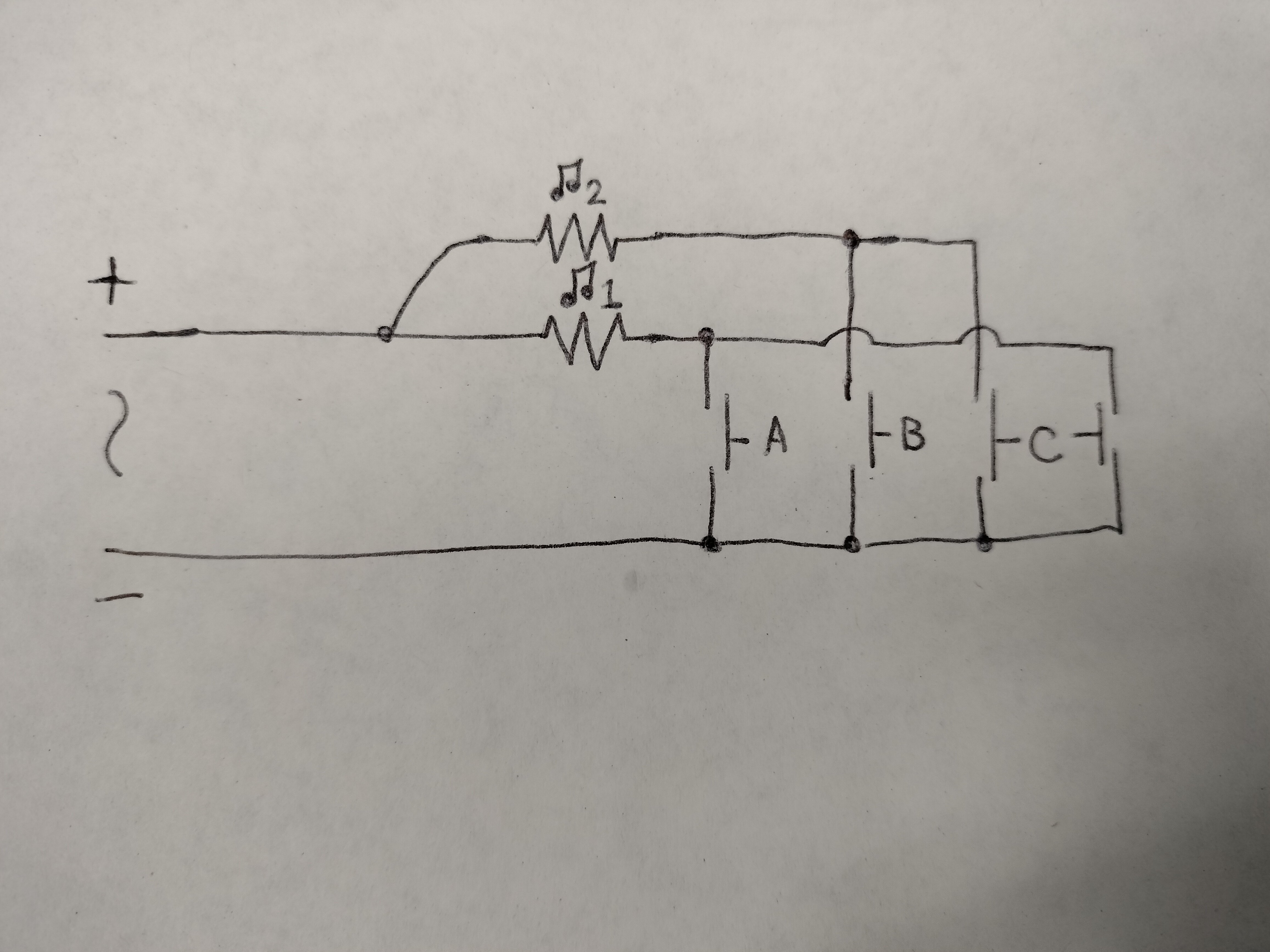







Firstly this is surprisingly high-quality coverage. I’ve never heard of this website but I’m pretty impressed.
Secondly, regarding the lawsuit in general, I think that patent and intellectual property law regarding game mechanics and software processes in general are badly in need of reform. There doesn’t seem to have been significant legislative action to address this in any major economy that I know of. The number of bullshit parents being filed, unclear and vague rules as to how copyright/patent law works with respect to software, AI, and game mechanics, is really leading to a lawsuit culture where the only way to find out what the bounds of the law are is to spend millions of dollars on lawyers to litigate it in court, when really, legislatures should be actively writing new and clearer rules to deal with these issues before people need to sue each other to find out.
The Internet of 2025 is just way too different and complex to operate using the copyright rules of the 1990s.
If I were in writing the rules, there’d be separate categories of intellectual property for software libraries, game mechanics, fictional characters, and so on, with clear definitions on what is and is not considered fair use of these sorts of intellectual property. It should not be possible to copyright the design of a widely-used software API or game mechanic. And any such protection on those things should be comparatively short in duration (not more than a decade) so that others can eventually re-implement the design, and probably do so better than the original inventor.



Switch C is a button that completes two separate circuits without connecting them. You can buy this part online. Big home improvement stores probably also stock it depending on where in the world you live.
Cannot agree more. I say things all the time here that people hate and downvote me for but the numbers are even more useless here than on Reddit so it’s difficult to care.
deleted by creator


Flathub is almost the perfect distribution system for software on Linux. The only thing it’s missing is a billing system. If it had that, it would probably attract more game developers to make their games available as Flatpaks.


Student loans are collected by contracted third-party loan servicing organisations, not the Government.
If you don’t pay, the servicer can initiate legal proceedings against you on their own regardless of what’s happening within the Education Department.


I thought the Oregon Trail was a pretty standard part of US history curriculum.


Did any distro give concrete reasons for why they have actively chosen not to package it, or perhaps they just haven’t given it much thought yet?


This is not what I would consider a “political reason”. A political reason would be something like refusing to package it because of what political party Howard supports.
There is plenty of software you’ll find in these repositories that aren’t under the GPL. CMake uses BSD, the Apache web server uses the eponymous Apache license, LibreOffice and Firefox use MPL, Godot and Bitcoin Core use the MIT license, and I’m sure there are plenty of other software licenses that I haven’t thought of yet.


Yes, they’re similar, but from what I’ve heard, most UK building societies are basically the same as or worse than banks in terms of fees, rates, and service quality. In the US, most credit unions will absolutely spank the big banks on at least two of those, if not all three.


Oops, I didn’t see that. My bad. Guess I made a fool of myself here.


I will start. I’m in the United States.
Credit unions! Nearly half of all Americans are credit union members. They don’t seem to be popular in Europe and Asia. A credit union is a not-for-profit co-operative financial institution that essentially provides all the same services as a bank, except it’s run as a democratic institution with directors elected by the customers instead of as a profit maximisation machine for shareholders.


It’s not really like they were evil about it though. Google attracted customers through its huge (at the time) 1 GB email storage space, which at the time, was unbelievably generous and also impressive in that it was offered for free. Outlook (Hotmail at the time) also drew in customers by offering the service for free, anywhere in the world, without needing to sign up for Internet service. Remember, at the time, e-mail was a service that was bundled with your Internet service provider.
Into the mid-2000s and 2010s, the way that Gmail and Outlook kept customers was through bundle deals for enterprise customers and improvements to their webmail offerings. Gmail had (and arguably, still has) one of the best webmail clients available anywhere. Outlook was not far behind, and it was also usually bundled with enterprise Microsoft Office subscriptions, so most companies just decided, “eh, why not”. The price (free) and simplicity is difficult to beat. It was at that point that Microsoft Outlook (the mail client, not the e-mail service) was the “gold standard” for desktop mail clients, at least according to middle-aged office workers who barely knew anything about e-mail to begin with. Today, the G-Suite, as it is called, is one of the most popular enterprise software suites, perhaps second only to Microsoft Office. Most people learned how to use e-mail and the Internet in the 2000s and 2010s through school or work.
You have to compare the offerings of Google and Microsoft with their competitors. AOL mail was popular but the Internet service provided by the same company was not. When people quit AOL Internet service, many switched e-mail providers as well, thinking that if they did not maintain their AOL subscription, they would lose access to their mailbox as well.
Google and Microsoft didn’t “kill” the decentralised e-mail of yesteryear. They beat it fair and square by offering a superior product. If you’re trying to pick an e-mail service today, Gmail and Outlook are still by far the best options in terms of ease of use, free storage, and the quality of their webmail clients. I would even go so far as to say that the Gmail web client was so good that it single-handedly killed the desktop mail client for casual users. I think that today, there are really only three legitimate players left if you’re a rational consumer who is self-interested in picking the best e-mail service for yourself: Proton Mail if you care a lot about privacy, and Gmail or Outlook if you don’t.
Okay bud. Have a biscuit 🍪


What are the implications of this?


For what it’s worth, English Wikipedia editors reached a consensus to deprecate (ban) it for unrealiability last year: https://en.wikipedia.org/wiki/Wikipedia:Reliable_sources/Noticeboard/Archive_424#RFC:_The_Cradle
The following notes are present:
The Cradle is an online magazine focusing on West Asia/Middle East-related topics. It was deprecated in the 2024 RfC due to a history of publishing conspiracy theories and wide referencing of other deprecated sources while doing so. Editors consider The Cradle to have a poor reputation for fact-checking.
Password is necessary for two-factor authentication. The factors of authentication are something you know (like a password), something you have (like a cell phone), and something you are (like a biometric).
An example of three-factor authentication would be this—imagine a spy going into a secret bunker. They need to scan their iris, insert a key card, and then enter a passcode before the door opens. This has all three factors of authentication; the passcode is something they know, the key card is something they have, the iris scan is something they are.
If it just sends a code to your phone, that’s one-factor authentication (something you have). Anyone with your phone can get into your account. Unless, of course, your phone hides its notifications and you have a screen lock. Then that’s actually two-factor authentication because you also need to know the phone PIN or have the biometric.
If it just asks for a password, that’s one-factor authentication (something you know).
If it asks for your password and then sends a code to your phone, which you need a fingerprint or face scan to unlock, you have achieved three-factor authentication.
Edit: Interesting tidbit—in the USA, you can rent a mailbox at the post office to receive mail when you don’t want to give out your real address. Useful for privacy reasons. I’m sure they have similar things in other countries. These mailboxes come with a key. This is actually two-factor authentication, because the keys usually don’t have the mailbox number written on them! So you have to have the key and also have to know which mailbox among the hundreds at the post office it opens.